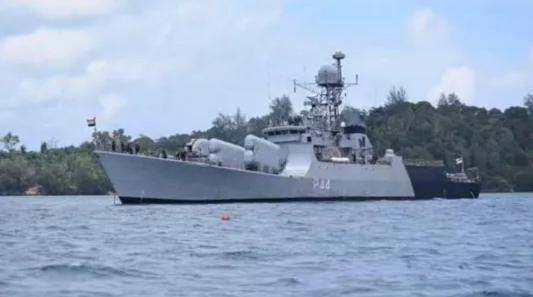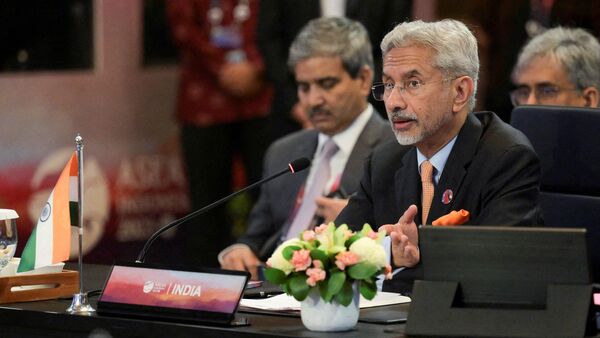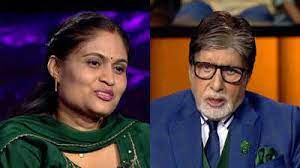Table of Contents
India’s strategic outreach in Southeast Asia has been gaining momentum in recent years, as the country seeks to enhance its political, social, and military influence in the region. With a focus on countering China’s assertiveness in the Indo-Pacific, India has been forging strategic partnerships with countries in Southeast Asia, deepening defense cooperation, and expanding diplomatic engagements.
These efforts have garnered attention and support from regional counterparts, signaling a growing alignment of interests. As External Affairs Minister Dr Jaishankar currently embarks on his visit to Indonesia just after Defense Minister Rajnath Singh’s visit to Malaysia, such high-level visits highlight India’s constant alignment with an internationalist (multi-aligned) approach to a US led world order or at least a regional one in this case.
Act East Policy: Strengthening ASEAN-India Relations
“India’s engagement with this ASEAN-centred regional architecture signifies India’s strong commitment to ASEAN centrality in the Indo-Pacific.”
Dr S Jaishankar
Under the Act East policy, India has been actively working to strengthen its partnership with the Association of Southeast Asian Nations (ASEAN). The comprehensive strategic partnership between India and ASEAN, celebrating its 30th anniversary last year, has witnessed various initiatives aimed at deepening ties between the regions. These include foreign ministers’ meetings, parliamentary delegations, cultural exchanges, and joint military exercises.
During his visit, Defense Minister Rajnath Singh also inaugurated the first ever overseas office of the Hindustan Aeronautics Limited (HAL) at Kuala Lumpur. He stressed on the symbolism of HAL in Malayasia as the “potential for closer defense industrial collaboration between India and Malaysia and also, the Southeast Asian Region.”
Defense Cooperation and Maritime Security
India’s defense cooperation with Southeast Asian nations has gained momentum, particularly in the maritime security domain. Discussions on finance, cyber, and maritime affairs have been initiated to strengthen cooperation and address shared challenges. Dr Jaishankar highlighted the dialogues in finance, maritime & cyber domains as an essential part of ASEAN “centrality” & neutrality in the Indo-Pacific theatre.

The region is also becoming a supply route for trafficking of synthetic drugs raising concerns of security. India’s engagements with countries like Vietnam, the Philippines, and Indonesia highlight the importance of maritime security in countering China’s assertiveness in the South China Sea. This comes soon after Defense Minister Rajnath Singh’s visit to Kuala Lumpur and holding talks with Vietnam to further enrich military ties.
Bilateral Engagements and Multilateral Platforms
“Our ASEAN relationship paved the way for the Indo-Pacific Vision. India is therefore deeply committed to the principle of ASEAN centrality.”
India’s engagements extend beyond bilateral partnerships, as the country actively participates in multilateral platforms. The Mekong Ganga Cooperation (MGC) Mechanism, guided by India’s Act East Policy, aims to facilitate closer connections among India, Cambodia, Lao PDR, Myanmar, Thailand, and Vietnam. Additionally, the Bay of Bengal Initiative for Multi-Sectoral Technical and Economic Cooperation (BIMSTEC) brings together countries in the Bay of Bengal region for multifaceted cooperation.
In May, India and ASEAN conducted their first joint military exercise called ASEAN-India Maritime Exercise in the South China Sea. This exercise garnered the attention of China’s maritime militia, which was operating in Vietnam’s exclusive economic zone and approached the participating forces. In a parallel development earlier this month, in a rare move, India strongly expressed support towards the 2016 tribunal under UNCLOS ruling over South China Sea in favor of Philippines.
Strengthening People-to-People Ties and Cultural Exchanges
India recognizes the significant role of its diaspora in strengthening ties with Southeast Asian nations. The Indian community residing overseas serves as the “official custodians” of the relationship, playing a vital role in fostering cultural exchanges, enhancing understanding, and deepening people-to-people connections. These interactions contribute to the emotional connection and attachment between India and Southeast Asian countries.
Simultaneously, Minister Rajnath Singh also unveiled a statue of Netaji Subhas Chandra Bose in Kuala Lumpur earlier this week as a part of his visit to strengthen ties with Malaysia. Such reignition of a connected past, India hopes, may create stronger, ‘one family’ like ties with the region.
In Sum
The Indian state manoeuvres in the region may also point to a pattern as PM Modi took the G20 helm working closely with Indonesia being member of the G20 Trioka. Soon followed by high level visits by the Defense Ministry and today the foreign Ministry highlights India’s desperation to putforth ASEAN centrality in the Indo Pacfic coupled with securing the Indian Ocean Region.
India’s proactive engagement with Southeast Asian nations reflects its commitment to countering China’s assertiveness in the Indo-Pacific. Strengthening political, social, and military ties with countries in the region not only bolsters India’s own interests but also contributes to a more balanced and multipolar Indo-Pacific region. Such regional posterity maybe considered equivalent to a “big win” for the West, especially the United States, according to Derrek Grossman at the RAND Co-Operation.
As India deepens its partnerships, particularly within ASEAN and other regional frameworks, it reaffirms its commitment to ASEAN centrality and the vision of a rules-based international order in the Indo-Pacific.













